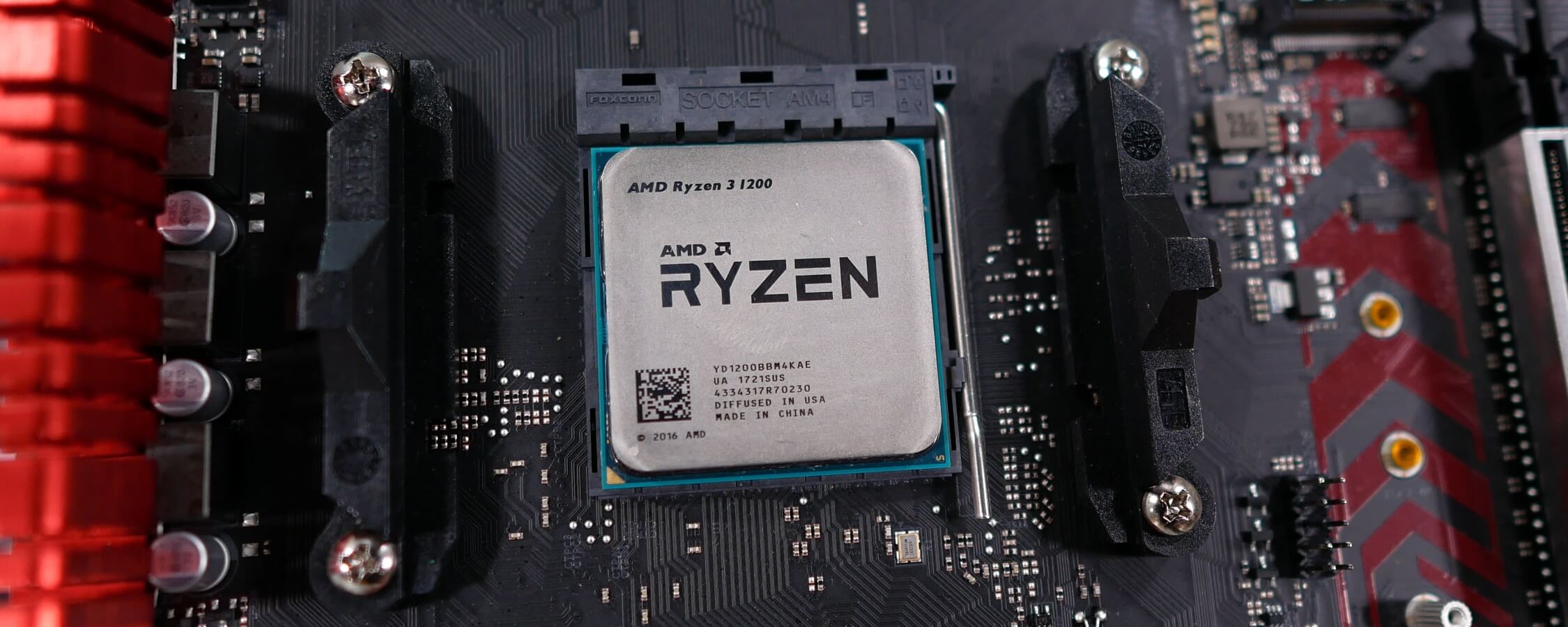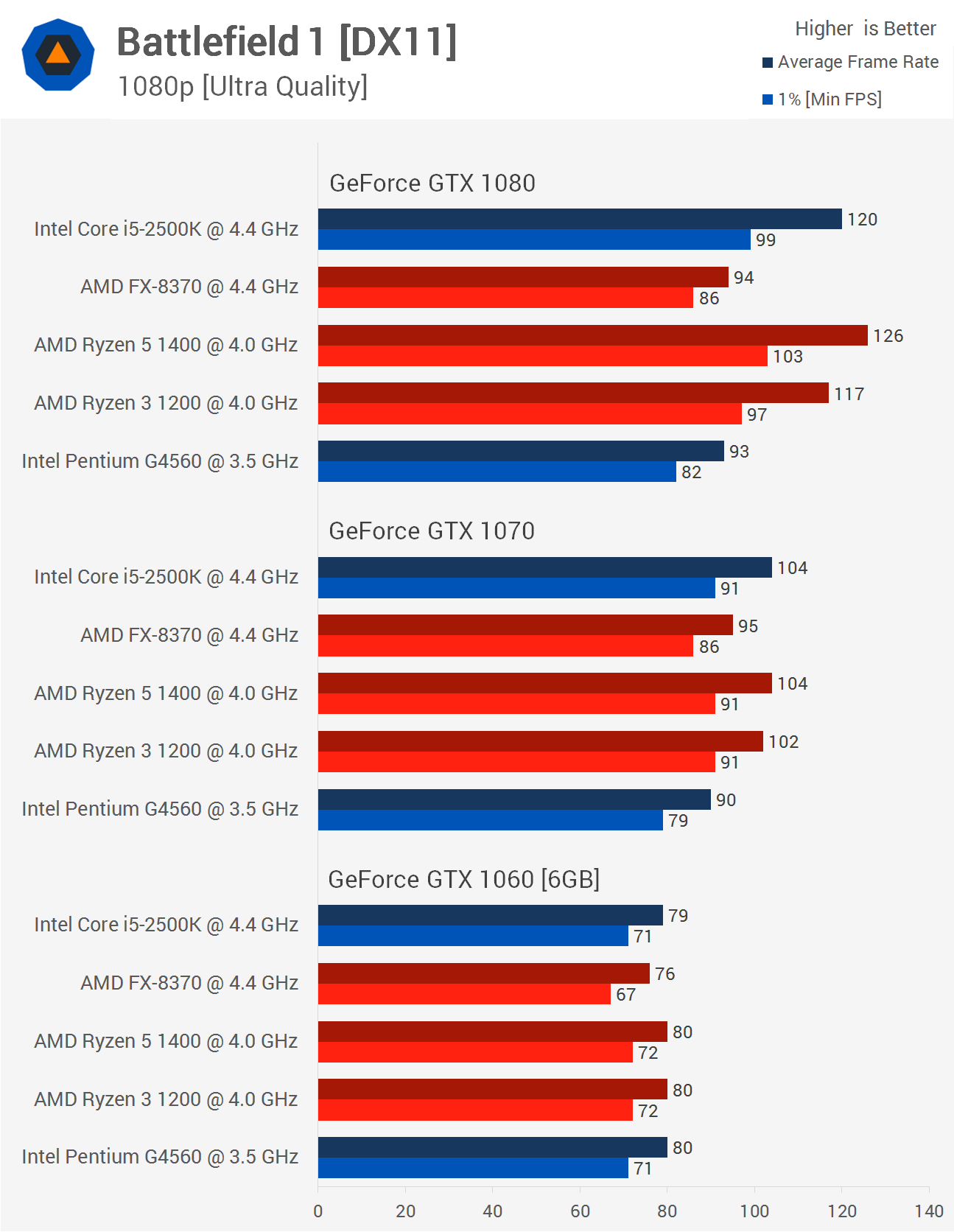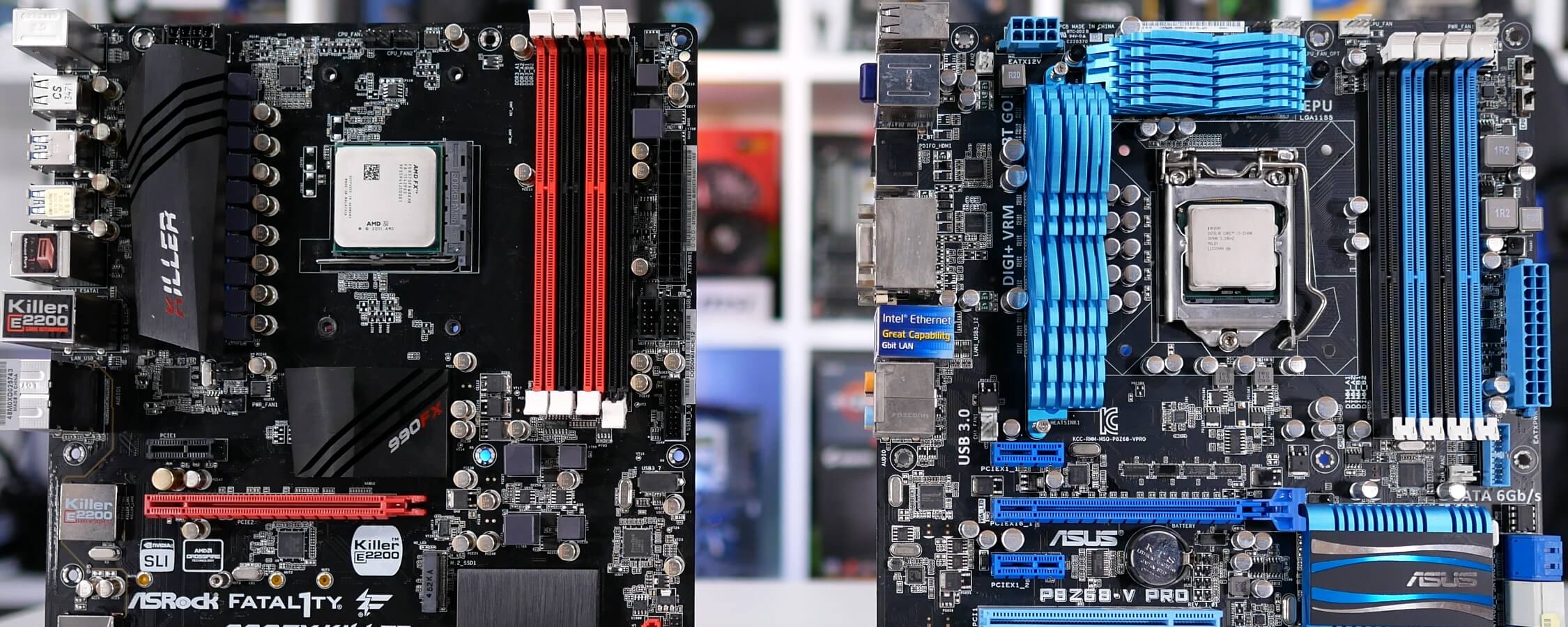At this point we know that Ryzen 3 makes a strong case for budget gaming compared to Intel's Kaby Lake-based Pentium G4560 and Core i5-7400 as well as AMD's own Ryzen 5 1400...
What we've yet to learn, however, is whether that scenario changes with overclocking and if folks with older high-end chips such as the Core i5-2500K and FX-8370 have anything to see here.
Codenamed Sandy Bridge, the second-generation Core architecture was released way back in early 2011 and may represent Intel's most impressive enthusiast processor series of the last decade. Positioned as a replacement for 2009's Core i5-750, the 2500K was priced at $216 yet it outpaced the $1,000+ Core i7 975 Extreme Edition and consumed considerably less power. It's no surprise that so many system builders have invested in the chip.

Although five years have passed, if we're being honest, the difference between today's seventh-generation Core i5-7600K and the 2500K isn't that big when they're matched clock-for-clock. Nonetheless, many Core i5-2500K owners have been wondering if it's time to upgrade, specifically asking whether they should move to the ultra-affordable Ryzen 3 1200 or the higher-threaded R5 1400. Likewise, many of you still making do with AMD's FX-4000, 6000 and 8000 series CPUs have also been asking what you can expect from an upgrade to Ryzen 3.

To answer your questions, we're back with the figures from another nine games benchmarked at 1080p. For this round of testing we overclocked the Core i5-2500K and FX-8370 to 4.4GHz (a particularly mild boost for the Core i5) while the Ryzen 3 1200 and Ryzen 5 1400 were set to 4.0GHz. We also included the Pentium G4560 but it ran at its locked speed of 3.5GHz. Right then, on with the results...
Ryzen System Specs |
Kaby Lake System Specs
|
AMD FX System Specs
|
Sandy Bridge System Specs
|

When playing Battlefield 1 on the GTX 1060, every CPU except the FX-8370 was able to max the card out. I've found previously that the FX series really struggles in Battlefield 1 and frame drops are a common occurrence. The Core i5-2500K on the other hand had no trouble matching the Ryzen CPUs, though neither did the G4560.
Moving to the GTX 1070 we see the Pentium G4560 starts to fall behind and interestingly the FX-8370 managed to pull ahead now though the old AMD CPU does trail the Ryzen and Core i5-2500K CPUs by a noticeable margin.
Installing the more powerful GTX 1080 we start to see a real weakness in the FX-8370 and shockingly this eight-core/four-module CPU struggles to beat the dual-core Pentium G4560. On average, the 2500K delivered 28% more frames with the GTX 1080. The 2500K even edged out the R3 1200 with a few extra frames and it wasn't much slower than the R5 1400. This here is exactly why so many people have so much love for the 2500K and of course its bigger brother, the 2600K.

F1 2016 has even more interesting results to go over. With the GTX 1060 installed, the FX-8370 again struggles to extract maximum performance and falls a few frames behind the pack. Not a big deal, that is until you install something with a bit more oomph.
A card like the GTX 1070 for example. Here the FX-8370 hits the same 55fps minimum as the Pentium G4560 though the average frame rate was 14% lower. You might think with a tighter margin between the minimum and average frame rates the FX-8370 provided a smoother experience, but that wasn't the case.
Meanwhile, the Core i5-2500K matched the Ryzen 3 1200 and Ryzen 5 1400 with what was a very impressive showing of 94fps on average. The 2500K wasn't done yet either. With the GTX 1080 installed we see that the 2500K actually pulls ahead of the Ryzen CPUs, offering a minimum frame rate of 87fps. So if you have an overclocked 2500K and you play F1 2016, I'd probably hold off upgrading to a modern sub-$200 CPU.

Far Cry Primal is a heavily GPU-bound game and even so the FX-8370 still manages to stand out like a sore thumb. Intel always seems to have an advantage in this title so it's probably not hugely surprising that the Pentium G4560 outclasses the FX-8370 every step of the way. The Core i5-2500K also gives the Ryzen CPUs a hard time and with a fairly sensible configuration using the GTX 1070 the Ryzen 3 1200 at 4GHz couldn't keep pace.
